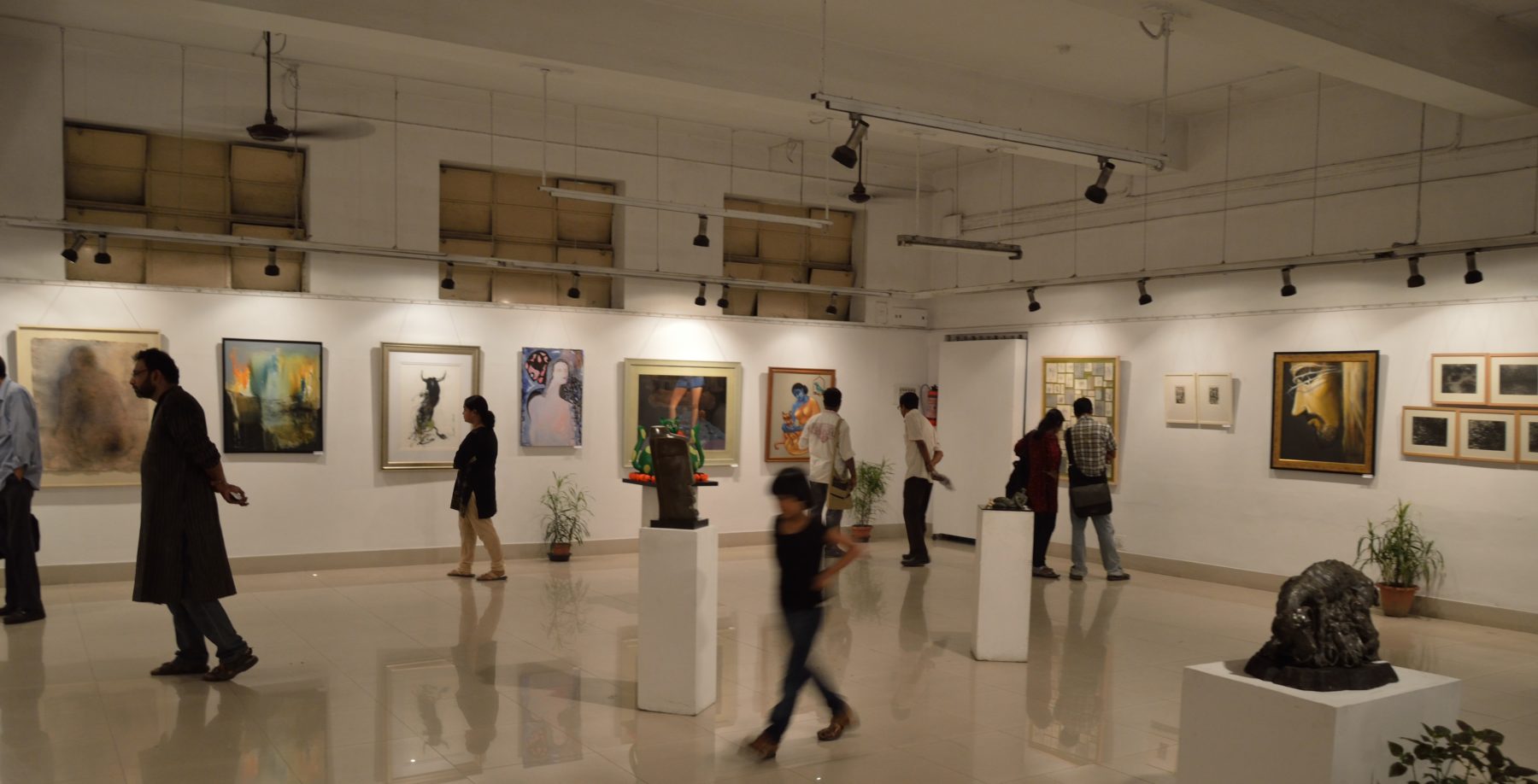1. Andries van den Broek. Cultural Trends Vol 22, No 1. “Arts Participation and the Three Faces of Time.” United Kingdom. 2013.
This article looks at how arts participation in the US has been influenced by the imprint of time (early life, socialization, and historical circumstances) on preferences and behavioral patterns.
2. Alan Brown, Jennifer Novak-Leonard, and Shelly Gilbride. The James Irvine Foundation. “Getting in on the Act: How arts groups are creating opportunities for active participation.” 2011. United States.
This report and case studies of illustrative projects help provide a better understanding of how people are engaging in the arts, and of how arts organizations are enabling this involvement. Researchers at WolfBrown investigated active arts participation across the arts sector in the United States, United Kingdom and Australia, learning from more than 100 organizations currently engaging in participatory arts.
3. François Matarasso. Calouste Gulbenkian Foundation. “A Restless Art: How participation won, and why it matters.” 2019. United Kingdom.
Community-arts researcher and advocate Francois Matarasso presents a book on participatory art and community art written from the perspective of engagement.
4. Harder and Company Community Research. The James Irvine Foundation. “Innovation and Impact: When Arts Organizations Take Risks.” 2019. United States.
This concluding evaluation report on the Exploring Engagement Fund offers insights, best practices, and considerations for arts organizations and funders who prioritize engagement, diversity, equity, and inclusion.
5. Amber Walls, Kelsey L Deane, and Peter John O’Connor. Aotearoa New Zealand Social Work, Vol. 28, No. 4. “‘Looking for the Blue, the Yellow, all the Colours of the Rainbow:’ The value of participatory arts for young people in social work practice.” 2016. New Zealand.
In this article, the authors focus on policies and practice pertaining to youth mental health and wellbeing.
